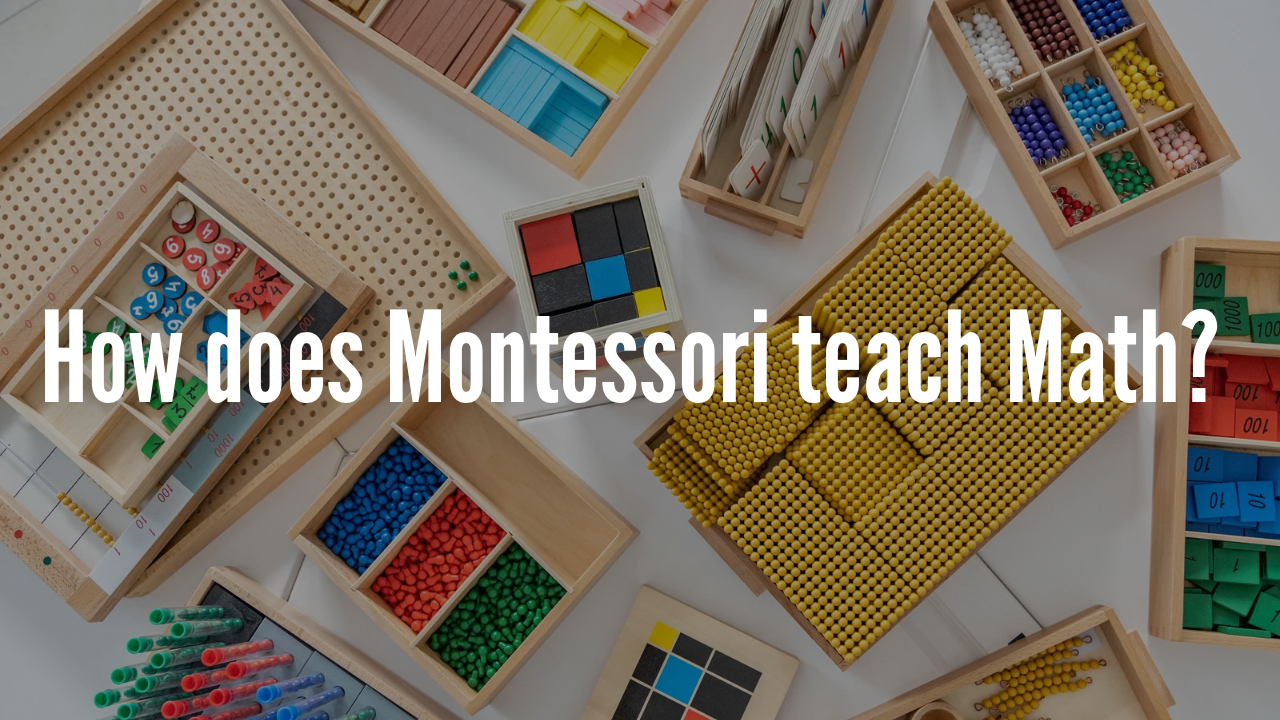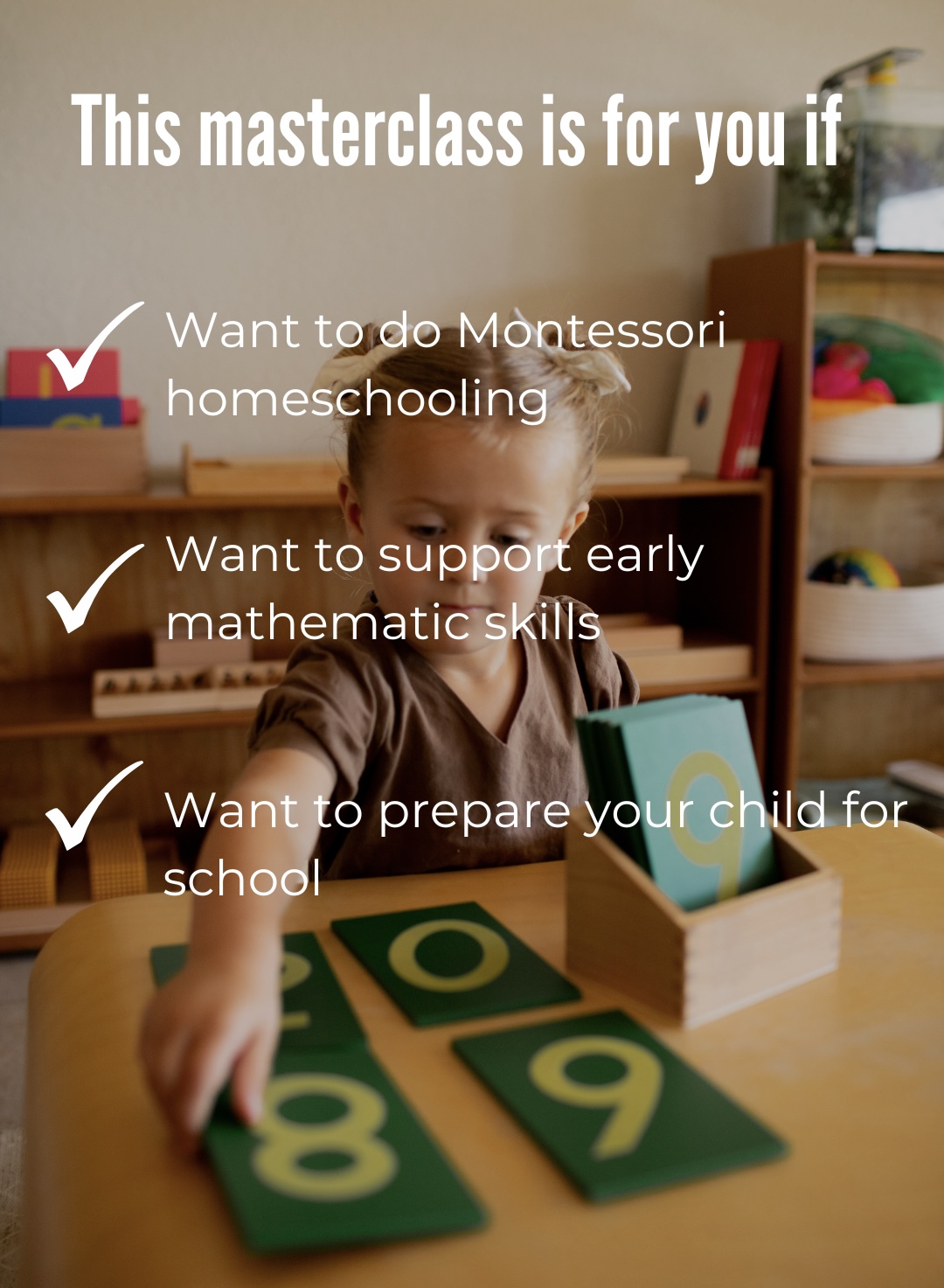
How Does Montessori Teach Math?
Jan 17, 2025If you are wanting to teach your child early mathematics from home then you like many others might feel overwhelmed by all the different methods and curriculums.
A lot of them are great, but the most important thing to think about is choosing a method that works for your child's development and learning style.
So let's talk about the core principles of the Montessori Math curriculum!

1: Concrete to abstract
Math concepts are in nature very abstract ideas. This is what makes math particularly difficult to learn for children who have a hard time conceptualizing abstract concepts. In montessori we introduce every concept in a concrete way to help the child grasp the concept then we slowly work our way to more abstract means of practicing the concept.
For example, when we introduce addition we use counting beads to show addition in a concrete way. Then we practice with a series of different materials that help the child eventually memorize addition equations and be able to do advanced addition on paper without materials.
2: Follows a sequence of difficulty.
A huge component of the Montessori Method is isolating a concept and then building on that concept from simplest to most complex until the child has mastered the skill.
This is especially important in math because every concept builds on each other.
For example, in Montessori we introduce every concept in 4 steps:
1: Quantity: introduce what the quantity of the number looks like
2: Symbol: Introduce what the symbol of the number is
3: Matching: Match together the quantity and symbol of the number
4: Practice: Practice correlating the quantity and symbol together
3: Follows the child's needs and pace.
In a traditional school a reading lesson might look like all the children learning the same math concept at the same time. In a montessori classroom each child is learning at their own pace because of the independent work structure.
This method of following the child's pace ensures that the child is mastering every concept and the teacher is able to keep progress on their individual needs. No child is left behind in curriculum.
4: Multi-sensory learning
"What the hand does, the mind remembers." -Maria Montessori. There is a connection between brain development and sensorial experiences. Montessori curriculum uses sensorial materials to create better retention and a hands on learning experience.
5: Hands-on learning
Going along with multi-sensory learning, every math concept has a carefully created hands-on material.
For example, numbers are represented by beads, rods, spindles, and even blocks.
6: No formal testing and grades
You heard me right, no grades. I went to Montessori school through 6th grade and I don't remember getting a single graded test except for an occasional standardized test required by the state which I wasn't aware of the test result.
Studies show that traditional tests are not the most effective way to measure a child's progress and can even have negative effects on the child's love for learning and inner motivation.
Instead of tests, the teacher is keenly aware of the child's progress through observing their work. The child continues to work on a concept until mastery to ensure future success.
If this teaching style aligns with your beliefs then check out my FREE Montessori Math Masterclass where I give step-by-step instructions on implementing the math curriculum at home!


Watch the Masterclass now: Click Here
Join our email list!
I will send you free resources and tips right to your inbox.


